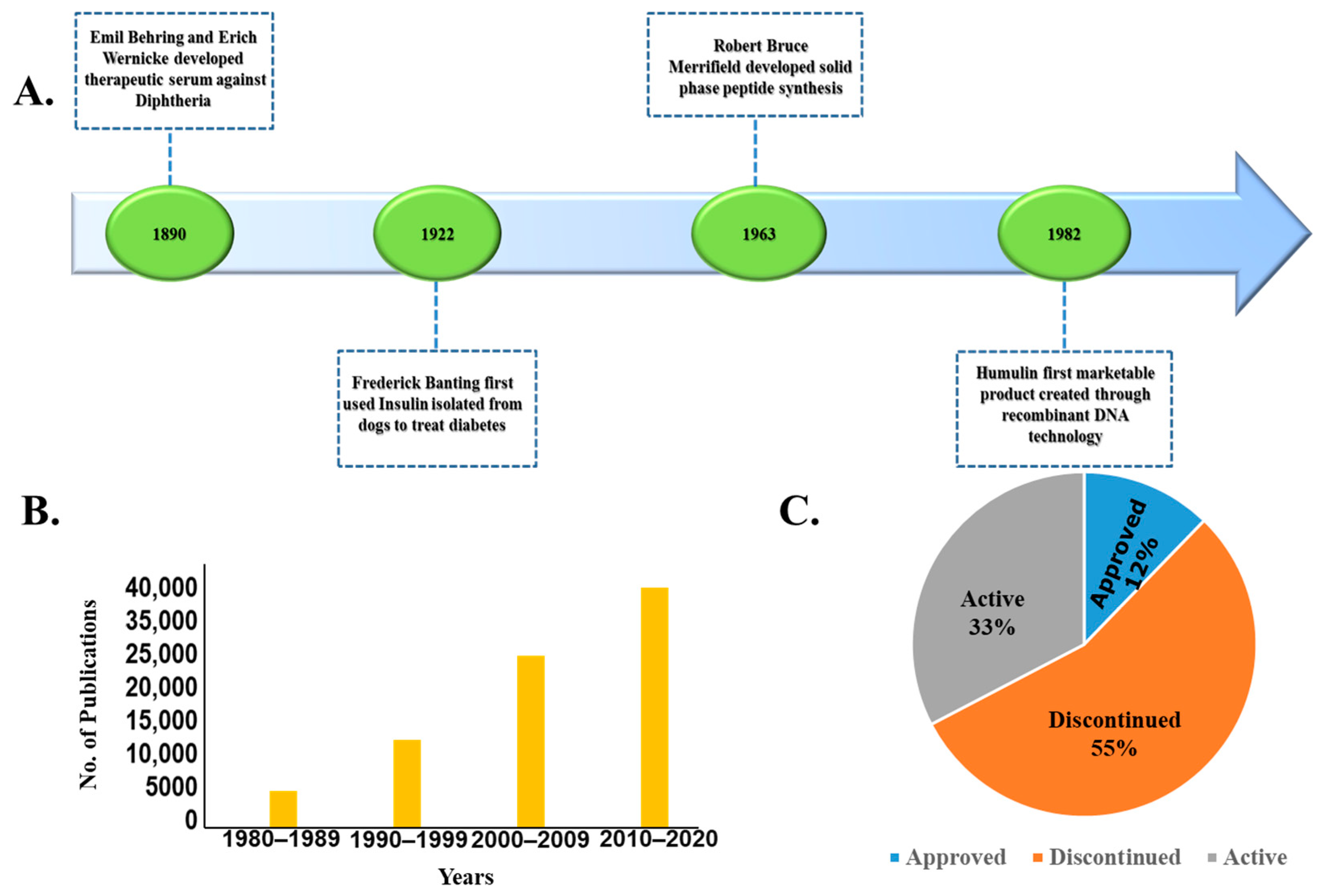An Update on Pharmaceutical Strategies for Oral Delivery of Therapeutic Peptides and Proteins in Adults and Pediatrics

While each route of therapeutic drug delivery has its own advantages and limitations, oral delivery is often favored because it offers convenient painless administration, sustained delivery, prolonged shelf life, and often lower manufacturing cost. Its limitations include mucus and epithelial cell barriers in the gastrointestinal (GI) tract that can block access of larger molecules including Therapeutic protein or peptide-based drugs (TPPs), resulting in reduced bioavailability. This review describes these barriers and discusses different strategies used to modify TPPs to enhance their oral bioavailability and/or to increase their absorption. Some seek to stabilize the TTPs to prevent their degradation by proteolytic enzymes in the GI tract by administering them together with protease inhibitors, while others modify TPPs with mucoadhesive polymers like polyethylene glycol (PEG) to allow them to interact with the mucus layer, thereby delaying their clearance. The further barrier provided by the epithelial cell membrane can be overcome by the addition of a cell-penetrating peptide (CPP) and the use of a carrier molecule such as a liposome, microsphere, or nanosphere to transport the TPP-CPP chimera. Enteric coatings have also been used to help TPPs reach the small intestine. Key efficacious TPP formulations that have been approved for clinical use will be discussed.
Download full publication here: An Update on Pharmaceutical Strategies for Oral Delivery of Therapeutic Peptides and Proteins in Adults and Pediatrics
or continue reading here: Dan, N.; Samanta, K.; Almoazen, H. An Update on Pharmaceutical Strategies for Oral Delivery of Therapeutic Peptides and Proteins in Adults and Pediatrics. Children 2020, 7, 307.
Keywords: oral delivery; proteins; peptides; bioavailability; permeation enhancers; mucoadhesive polymers; enteric coating; cell-penetrating peptides; FDA approved orally administered proteins and peptides

